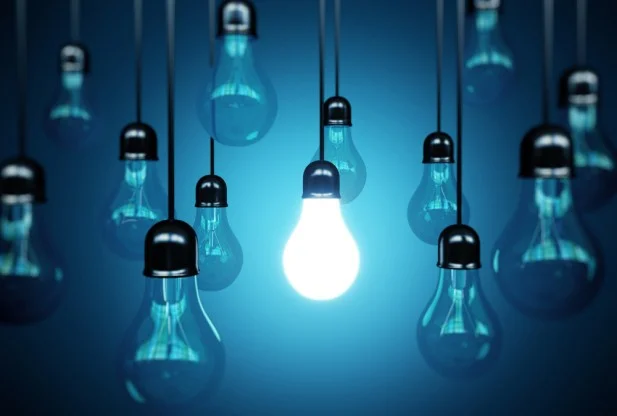Low back pain (LBP) is such a common problem that if you haven’t suffered from it yet, you probably will eventually. Here are a few facts to consider: 1) LBP affects men and women equally; 2) It is most common between ages 30-50; 3) Sedentary (non-active) lifestyles contribute a lot to causation; 4) Too much or too little exercise can result in LBP; 5) A BMI around 25 is “ideal” for weight management, which helps prevent LBP; 6) Causes of LBP include lifestyle (activity level), genetics – including, but not limited to, weight and osteoarthritis; 7) Occupation; 8) Exercise habits, and the list can go on.
Let’s next look at how an adjustment is done.
When spinal manipulation is performed in the low-back region, the patient is often placed in a side lying position with the upper leg flexed towards the chest and the bottom leg kept straight. The bottom shoulder is pulled forwards and the upper shoulder is rotated backwards at the same time the low back area receives that the manipulation is rotated forwards. This produces a twisting type of motion that is well within the normal range of joint motion. When the adjustment is made, a “high velocity” (or quick), “low amplitude” (a short distance of movement) thrust is delivered often resulting in “cavitation” (the crack or, release of gases). So, WHY do we do this?
Most studies show that when there is back pain, there is inflammation. In fact, inflammation is found in most disease processes that occur both within and outside the musculoskeletal system. We know that when we control inflammation, pain usually subsides. That is why the use of “PRICE” (Protect, Rest, Ice, Compress, Elevate) works well for most muscle/joint painful conditions. We have also learned that IF we can avoid cortisone and non-steroidal drugs (like aspirin, ibuprofen, naproxen, etc.), tissues heal quicker and better, so these SHOULD BE AVOIDED! If you didn’t know that, check out:

